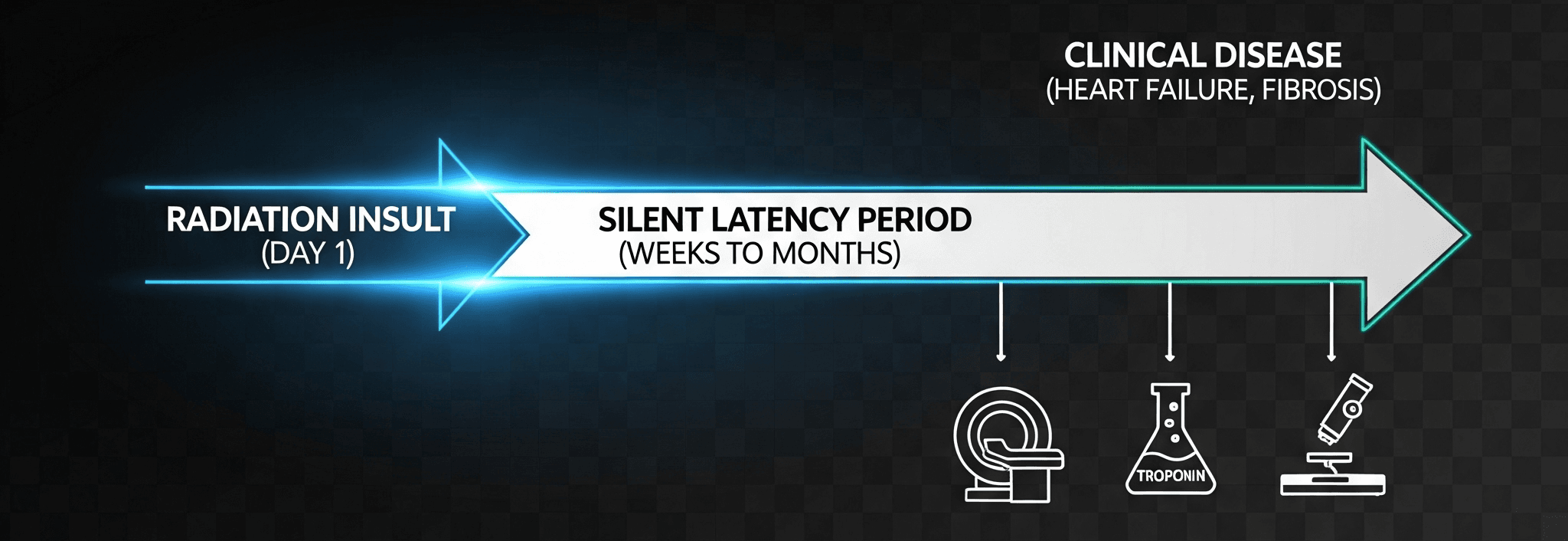
Quantum Biosciences Unveils Predictive Framework for Cellular Stress Signatures at Stanford Quantum Biosensing Workshop
PALO ALTO, CA – Quantum Biosciences presented its groundbreaking computational framework at the prestigious Stanford Workshop on Quantum Biosensing, an event that convenes the world's leading experts to explore the future of diagnostics and sensing.
During the workshop’s poster session, our team detailed our work in a presentation titled, "A Multi-Scale Computational Framework for Predicting and Deconvolving ROS Signatures in NV-Diamond Biosensors", authored by Dr. Anagha Setlur, Chandrashekar K., Subu Gupta, Dr. Tushar Ravuri, and Dr. Vidya Niranjan.
Addressing the "Diagnostic Blind Window"
Our presentation highlighted a critical unmet need in modern medicine: the "diagnostic blind window." Following treatments like radiation therapy, a long, silent latency period can occur between the initial cellular injury and the onset of clinical disease, such as heart or kidney failure. Current diagnostics often confirm this damage only after it has become irreversible. Our research is focused on creating a predictive window to close this gap.
A "Sim-to-Real" Architecture for Predictive Sensing
Our poster detailed Quantum Biosciences' unique solution: a platform that merges quantum physics with artificial intelligence in a "sim-to-real" approach. The core of our current work is a proprietary in-silico simulation engine that acts as a "data factory," generating a foundational library of the "magnetic fingerprints" of key Reactive Oxygen Species (ROS). This computational framework serves as the "brain" of our platform, allowing us to predict and later deconvolve the faint quantum signals from a patient's cells into a clear, actionable insight.
The workshop was an ideal venue for this discussion, with highly relevant presentations from academic pioneers on topics like advanced diamond-based sensing and the quantum mechanics of biological systems, reinforcing the timeliness of our work.
"Presenting our framework at Stanford was a tremendous opportunity to engage with the pioneers whose work has inspired our own," said Subu Gupta, CTO and co-founder of Quantum Biosciences. "The insightful discussions and the alignment of our 'sim-to-real' vision with the frontier questions in the field were incredibly validating. It confirms that building a strong computational foundation is critical to bridging the gap between quantum sensing and real-world clinical impact."
Our next step is to advance this framework toward experimental validation, with the ultimate goal of translating these simulated fingerprints into a clinically robust diagnostic test.